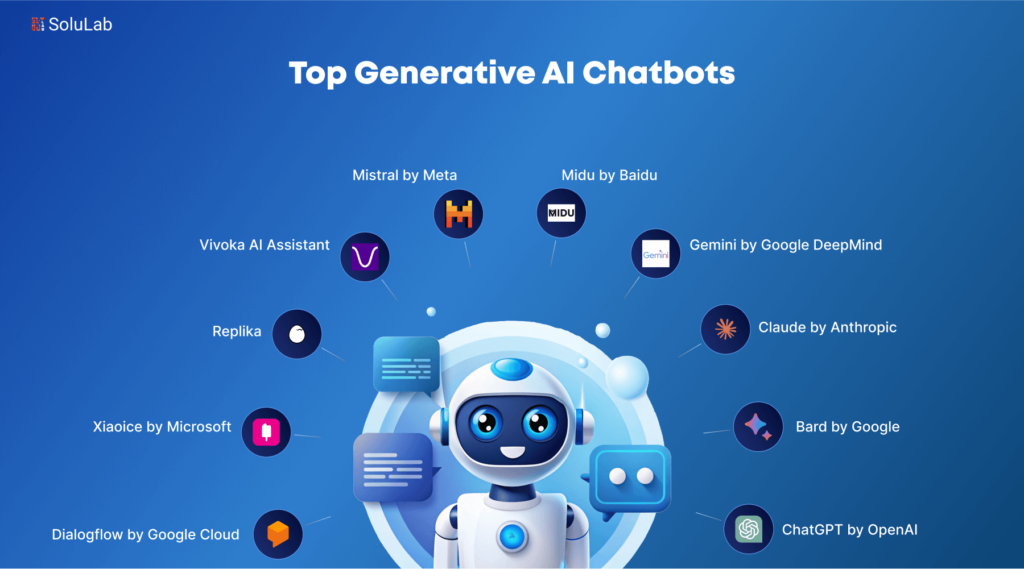
Chatbots for Business vs. Personal Interaction: Striking the Right Balance for Business Efficiency
Chatbots for Business vs. Personal Interaction: Striking the Right Balance for Business Efficiency
In the rapidly evolving landscape of customer service, the integration of chatbots for business has become more prevalent than ever. As automation continues to revolutionise various sectors, companies are seeking innovative ways to improve efficiency and customer satisfaction. However, finding the right balance between chatbots and personal interactions remains crucial for delivering exceptional service. This blog explores this dynamic, shedding light on industry trends and the benefits of AI-driven support, ultimately highlighting EffIn Systems' expertise in tailoring automation solutions to diverse business needs.
The Rise of Chatbots in Business

The adoption of chatbots for business across industries is not merely a trend—it's a transformation. Chatbots have emerged as a pivotal component in streamlining customer service operations. According to a study by Juniper Research, chatbots are expected to save businesses over £6 billion annually by 2022, reducing customer service costs by up to 30%. The versatility of chatbots allows businesses to offer 24/7 support, handle multiple inquiries simultaneously, and provide quick resolutions to common problems.
Restaurants: Chatbots can efficiently manage reservations, menu inquiries, and customer feedback.
Beauty Salons: They schedule appointments and provide product recommendations.
Home Service Providers: Chatbots manage booking requests and offer status updates.
Private Rental Hosts: They streamline check-ins and answer guest queries.
SMEs: Benefit from reduced operational costs and improved customer engagement.
Chatbots' ability to offer instant, consistent, and reliable service significantly enhances customer satisfaction and loyalty.
The Value of Personal Interaction

Despite the efficiencies chatbots bring, the human touch remains indispensable in customer service. Personal interaction fosters trust and builds relationships that technology alone cannot achieve. A survey by PwC found that 82% of U.K. consumers desire more human interaction in the future, even as digital options increase. Customers appreciate personalised service, especially when dealing with complex issues, complaints, or emotionally charged situations.
For instance:
Beauty Salons: Personalised consultations help clients feel valued and understood.
Home Service Providers: Personal reassurance is offered by human agents when scheduling significant repairs.
Hospitality Industry: Personal interactions elevate guest experiences, turning a simple stay into a memorable event.
Human engagement allows businesses to demonstrate empathy, adapt to unique circumstances, and exceed customer expectations, which can lead to stronger brand loyalty.
Striking the Right Balance
Balancing chatbots and personal interaction is not a one-size-fits-all solution; it requires a strategic approach tailored to each business's unique needs. An effective hybrid strategy combines the strengths of both elements, ensuring efficiency without compromising on personalisation.
Actionable Insights for Implementation:
Identify Core Functions: Determine which tasks can be efficiently handled by chatbots, such as FAQs, booking confirmations, or account management. Reserve personal interaction for complex, sensitive, or unique situations.
Integrate Seamlessly: Ensure seamless transition from chatbot to human agent when needed. Implement features that allow easy escalation of inquiries to human representatives, maintaining continuity in customer experience.
Leverage Data: Utilise data analytics to understand customer preferences and tailor interactions accordingly. AI-driven support can personalise automated responses based on customer history and behaviour.
Regular Updates and Training: Continuously update chatbot scripts and ensure human agents are trained to handle escalations effectively. Regular feedback and performance analysis help improve service delivery.
Case Studies from Various Industries
Several industries illustrate the successful integration of chatbots for business. In the restaurant industry, a popular chain implemented a chatbot to handle over 80% of reservation requests and queries, significantly reducing wait times and freeing staff for in-person service. A beauty salon chain used chatbots to manage appointment bookings and automated follow-ups, improving scheduling efficiency and client satisfaction.
In home services, a plumbing company integrated a chatbot to handle emergency requests and schedule appointments, ensuring swift responses to urgent needs. Private rental hosts have adopted chatbots to automate check-in procedures and respond to guest inquiries around the clock, enhancing guest experiences without increasing staffing costs. SMEs have also benefited by deploying chatbots to handle customer service inquiries, allowing their teams to focus on more strategic initiatives.
Conclusion
As businesses continue to embrace technology, finding the right balance between chatbots for business and personal interaction is vital for sustaining business efficiency and customer satisfaction. Chatbots offer unparalleled efficiency and cost savings, while personal interactions ensure meaningful, trust-building engagements. By strategically integrating these elements, companies can enhance service delivery and foster lasting customer relationships.